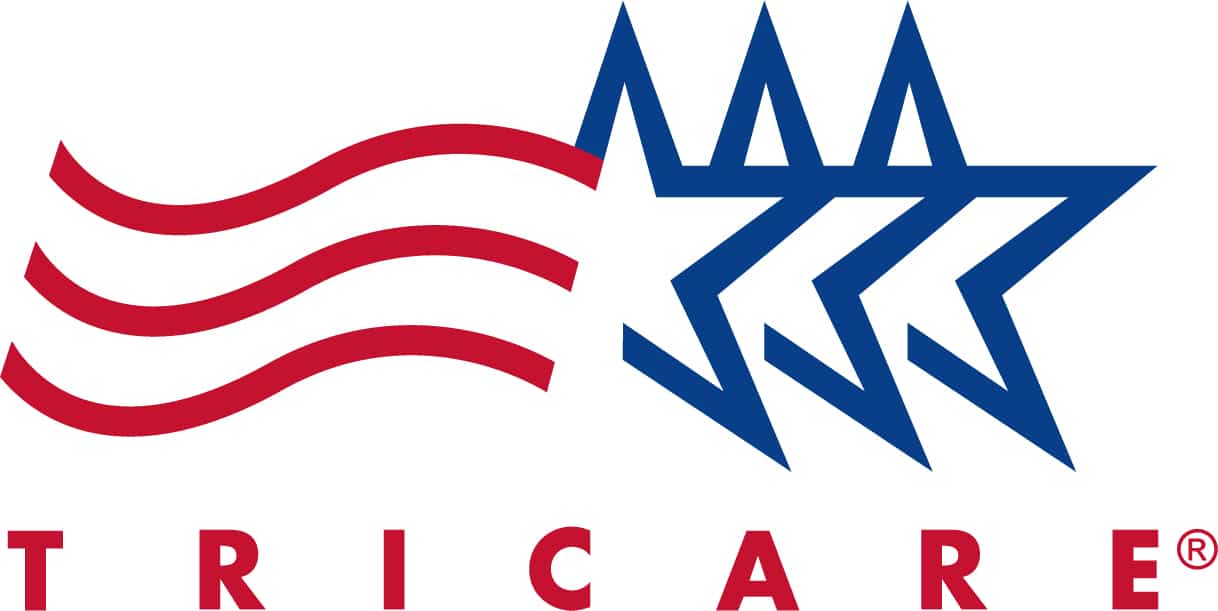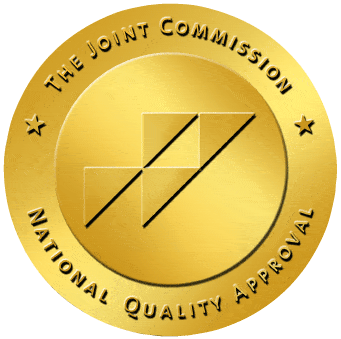The Different Types of Depression

The Different Types of Depression
Table of Contents
The Connection Between Opioid Usage and Depression
More than 264 million people worldwide suffer from types of depression.1 Depressive disorder is the world’s leading cause of disability.
The most common type of depression is major depression or major depressive disorder. Currently, it affects nearly 16.1 million adults in America, which is approximately 6.7% of the population in the U.S.2
How are Addiction and Depression Linked?
Compared to those not diagnosed with a mood disorder, individuals with depression are twice as likely to have a substance use disorder (SUD). Research shows that over a third of individuals diagnosed with depression will also have SUD.
There are generally three theories as to why these disorders are linked:
Disorder Fostering Disorder – Having a diagnosis of either depression or SUD puts the individual at risk for the other. Either the individual uses substances to manage depression symptoms, or the use of substances introduces depression symptoms.
Neurobiological Pathways – While this term is often used to describe the progression of epilepsy, it can be used to explain mood disorders and SUD as well. Each time an individual experiences a depressive episode or uses substances, the neurons become desensitized, making substance use more frequent.
Genetic Factors – Research indicates that both depression and SUD have genetic risk factors. One’s genes and the prevalence of either disorder among family members indicate a greater risk of being diagnosed with a mood disorder or SUD.3
How Do You Diagnose the Types of Depression?
A medical doctor or psychiatrist diagnoses depression. To get a diagnosis, depressive symptoms must have been present and persistent for at least 2 weeks.
DSM-5
The Diagnostic and Statistical Manual of Mental Disorders (DSM-5) is the master list of mental disorders, their symptoms, and how to diagnosis them. Most psychological professionals will use the symptoms listed in DSM-5 to diagnose depression.4
ICD-10
The International List of Causes of Death (ICD) was developed as the industry standard for collecting health-related data. It is used worldwide to track the prevalence of diseases, causes of death, and illness. The newest version of the ICD, the ICD-11, will be fully implemented in January 2022.5
Beck’s Depression Inventory
The Beck Depression Inventory (BDI) is one of the most widely used tools for a depression diagnosis. It only takes about 10 minutes to complete and includes 21 self-report questions that will be compared to the answers of populations across the globe.6
Major Depression
Major depression, also known as clinical depression or major depressive disorder, is one of the most common forms of mental illness and the most common type of depression. To be diagnosed with major depression, individuals must have had two or more major depressive episodes and report consistently depressed moods for 2 weeks or more.
Signs and symptoms of major depression include:
- Depressed mood
- Lack of interest in most activities
- Sleep disturbances (more sleep or inability to sleep
- Weight gain or loss
- Fatigue and overall lack of energy
- Feeling worthlessness/guilty
- Difficulty concentrating and making decisions
- Recurrent thoughts of death and/or suicide
Unipolar Depression
Unipolar depression is often compared to bipolar depression. While the two share similar symptoms of major depression, unipolar depression does not include a stage of mania (feelings of extreme energy, high self-esteem, talkative, etc.). Generally, unipolar depression will have symptoms of anxiety.7
Chronic Depression
Chronic depression (also known as dysthymia and persistent depressive disorder) is one of the types of depression that occurs consistently and persistently over at least 2 years. Those diagnosed with chronic depression must experience symptoms of depression more days than not.
Signs and symptoms of chronic depression include:
- Depressed mood
- Lack of interest in most activities
- Sleep disturbances (more sleep or inability to sleep)
- Weight gain or loss
- Fatigue and overall lack of energy
- Feelings of worthlessness/guilt
- Difficulty concentrating and making decisions
- Recurrent thoughts of death and/or suicide8
Persistent Depressive Disorder (Dysthymia)
Dysthymia is one of the types of depression that occurs on more days than not for a period of 2 years or more. Over the 2 years, the individual may experience major depressive episodes with periods of mild symptoms. The symptoms are like major depression.
While dysthymia is generally a term used for more mild cases of persistent depression, persistent depressive disorder can have an onset that was caused by a major life event such as the loss of a loved one or high stress.
Bipolar Disorder
Bipolar disorder was once known as manic-depressive illness or manic depression, but bipolar disorder is now the term used in the DSM-5. Bipolar disorder is a broad term for three types of depression:
Bipolar 1 – The most present symptom is mania and there is often rapid cycling of mania and depression.
Bipolar 2 – Depression is the most present symptom, but the individual will go through cycles of mania that are not as severe as bipolar 1.
Cyclothymic – A constant state of back and forth between hypomanic and depressive episodes, but not severe enough to be standard bipolar disorder.9
The depressive symptoms often appear similar to those of major depression. But the symptoms of mania include 1 week or more of an elevated or irritable mood as well as three or more of the following symptoms:
- Unusually high self-esteem
- No need for sleep
- Talkative
- Racing thoughts
- Easily distracted
- Increased activity
- Risk-taking behaviors
Bipolar Depression
Bipolar depression is a term used to describe the extremely low moods that follow the periods of mania. These low moods do meet the criteria for major depression.9
Cyclothymic Disorder
This mood disorder is characterized by the constant state of cycling between manic and depressive episodes. However, cyclothymic disorder does not yet meet the requirements of standard bipolar disorder.
Signs and symptoms of cyclothymic disorder include:
- Periods of mania and periods of depression that last for at least 2 years.
- Symptoms do not meet the requirements for a manic episode or a depressive episode due to severity or sufficient symptoms.9
Atypical Depression
Even though the name states that this disorder is ‘atypical,’ atypical depression is one of the least common types of depression. This type of depression may make the individual feel sad or down. Atypical depression may also lead to thoughts of worthlessness and oversensitivity to criticism. However, someone with atypical depression will have their mood lifted whenever something positive occurs, whereas other depression disorders will continue regardless of positive life events.
Signs and symptoms of atypical depression include:
- Heavy limbs and difficulty with daily movement
- Feelings of rejection in life and relationships
- Feeling hungrier than average
- Oversleeping or inconsistent sleep schedule
- Symptoms improve or cease whenever positive events occur10
Psychotic Depression
Psychotic depression is one of the types of depression characterized by depression symptoms that co-occur with hallucinations or delusions.
Signs and symptoms of psychotic depression include:
- An overarching depressive theme relating to delusions such as poverty, guilt, or chronic illness
- Delusions and/or hallucinations
Symptoms of severe depression as mentioned before can include:
- Depressed mood
- Lack of interest in most activities
- Sleep disturbances (more sleep or inability to sleep)
- Weight gain or loss
- Fatigue and overall lack of energy
- Feeling worthlessness/guilty
- Difficulty concentrating and making decisions
- Recurrent thoughts of death and/or suicide
Depressive Psychosis: Depressive psychosis is a term used to describe symptoms that pertain to psychosis, such as hallucinations and delusions.
Postpartum Depression
Postpartum depression is more serious than the ‘baby blues’ that are characterized by mood swings, anxiety, and difficulty sleeping. Postpartum depression is one of the severe types of depression that lasts much longer. Symptoms may begin as early as when the individual is still pregnant and can last as late as up to one year after the birth.11
Signs and symptoms of postpartum depression include:
- Depressed mood
- Little interest in activities
- Sleep disturbances
- Feelings of hopelessness, worthlessness, guilt, and fear of being a bad mother
- Difficulty forming a bond with the baby
- Social withdrawal
- Fatigue
- Severe anxiety/panic attacks
- Irritability
Peripartum Depression
Generally, peripartum depression refers to when symptoms develop during pregnancy or within the four weeks following the delivery of the baby. This differs from postpartum depression, which can only occur after the baby has already been born.
High Functioning Depression
High functioning depression (also referred to as functional depression) is similar to dysthymia and persistent depressive disorder. While there is no clinical diagnosis for high functioning depression, those who experience depressive symptoms on and off throughout the year may seem like they can function normally throughout life despite their diagnosis of depression.
On occasion, those who experience depression periodically may have certain triggers, such as:
- High stress
- Loss of a loved one
- Major life changes such as job loss, moving, a new baby, etc.
- Financial issues
Signs and symptoms of high functioning depression include:
- Loss or gain in appetite
- Sleep disturbances
- Fatigue
- Low self-esteem
- Trouble concentration and decision making
- Hopelessness, worthlessness, and/or guilt
Seasonal Depression
Seasonal depression is one of the types of depression that only occurs at certain times of the year, and mostly only during the winter months when there is less sunlight.
Signs and symptoms of seasonal depression include:
- Withdrawal from social activities
- Increased need for sleep
- Weight gain
- Symptoms return each year during the winter months
Seasonal Affective Disorder
Seasonal affective disorder is diagnosed when depression symptoms only occur at the start of winter or throughout the winter months. The disorder is the most prevalent during the months with shorter days, less sunlight, and longer periods of darkness. Seasonal affective disorder will naturally resolve itself during the spring and summer months when there is more light during the day, and the weather improves. However, the symptoms often reoccur each year when the winter months come back around.
Addiction Treatment for Co-Occurring Depression
Because depression and substance use disorders (SUD) often occur together, many rehabilitation programs opt to treat them together. The sections below explore four of the common components of a rehab program for the different types of depression and SUD.
Counseling
Counseling is an important part of any treatment. While cognitive-behavioral therapy is commonly used to treat patients with depression, many rehab programs will incorporate group therapy as a form of support.
Detox
Drug withdrawal, also known as detox, is the period when the substance leaves the body. During this time, the individual experiences the physical effects of withdrawal which can vary in severity.
With a good rehab program, participants will have expert staff and all the resources they need to complete the detox period.
Medications
Many treatment programs for depression involve medication. However, this process isn’t easy because there are dozens of depression medication options, and each person reacts differently. Because choosing medication is more of a trial-and-error process, a rehab program can closely monitor medication and make changes as needed.12
Some of the common medications for depression patients include:
- SSRIs
- Anti-depressants
- Antipsychotic
- Anxiolytic
Support Groups
Support groups can be a great way for patients to feel as though they aren’t alone in the recovery process and encourage participants to stay on their treatment course. There are many options for support groups for depression both online and in-person, but Narcotics Anonymous can be beneficial for those with co-occurring depression.
Resources
- https://www.who.int/news-room/fact-sheets/detail/depression
- https://adaa.org/understanding-anxiety/facts-statistics
- https://doi.org/10.1151/spp053113
- https://www.psychiatry.org/psychiatrists/practice/dsm/about-dsm
- https://www.who.int/standards/classifications/classification-of-diseases
- https://www.apa.org/depression-guideline/assessment
- https://doi.org/10.1016/j.cpr.2004.12.002
- https://doi.org/10.1177/0963721410366007
- https://www.nimh.nih.gov/health/topics/bipolar-disorder/index.shtml
- https://www.mayoclinic.org/diseases-conditions/atypical-depression/symptoms-causes/syc-20369747
- https://www.mayoclinic.org/diseases-conditions/postpartum-depression/symptoms-causes/syc-20376617
- https://www.sciencedirect.com/science/article/abs/pii/S0006322304007425?casa_token=b_4LU1QT200AAAAA:V0jwW9BhvmJljPCfX4ZgDfYFNoSqGKf6o4kL-SZ_a_BPQpDMPqqZUX9Vvd5IKNWzZ6Q2UXUnbAs














